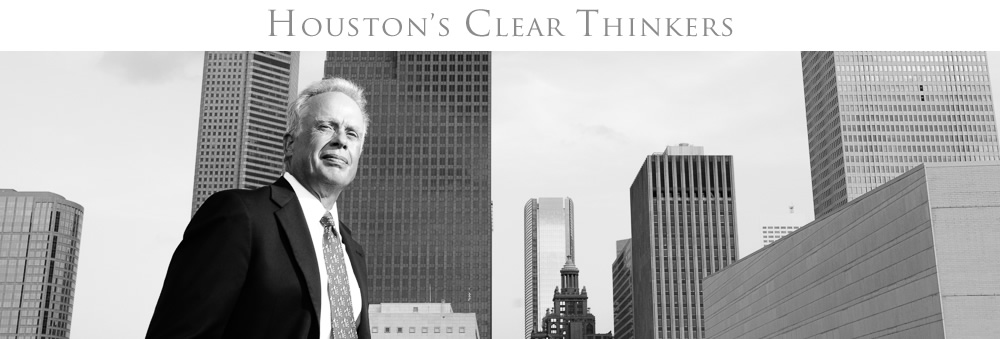 Mark Sisson is a Malibu-based former elite marathoner and triathlete who became well-known in athletic circles as an expert on drug testing for athletes while serving for 13 years as the anti-doping and drug-testing chairman of the International Triathlon Union and as the union’s liaison to the International Olympic Committee.
Mark Sisson is a Malibu-based former elite marathoner and triathlete who became well-known in athletic circles as an expert on drug testing for athletes while serving for 13 years as the anti-doping and drug-testing chairman of the International Triathlon Union and as the union’s liaison to the International Olympic Committee.
In a provocative letter to his friend Art DeVany, Sisson talks about drug-testing for athletes and makes some interesting observations:
At the risk of sounding a bit brazen, I would suggest to you and your audience that sport would be better off allowing athletes to make their own personal decisions regarding the use of so-called “banned substances” and leaving the federations and the IOC out of it entirely. (Even the term “banned substance” has a negative connotation, since most of these substances are actually drugs that were developed to enhance health in the general population). Bottom line: the whole notion of drug-testing in sports is far more complex than even the media make it out to be. [. . .]
The performance requirements set by the federations at the elite level of sport almost demand access to certain “banned substances” in order to assure the health and vitality of the athlete throughout his or her career and – more importantly – into his or her life after competition. . . . World class athletes tend to die significantly younger than you would predict from heart disease, cancer, diabetes and early-onset dementia. They also typically suffer premature joint deterioration from the years of pounding, and most endurance athletes look like hell from the years of oxidative damage that has overwhelmed their feeble antioxidant systems.
Most people don’t realize it, but training at the elite level is actually the antithesis of a healthy lifestyle. The definition of peak fitness means that you are constantly at or near a state of physical breakdown. As a peak performer on a world stage, you have done more work than anyone else, but you have paid a price.
It is again ironic that the professional leagues and the IOC — the ones who dangle that carrot of millions of dollars in salary or gold-medalist endorsements — are the same ones who actually created this overtrained, injured and beat-up army of young people. They don’t care. These organizations then deny the athletes the very same drugs and even some natural “health-enhancing” substances that the rest of society can easily receive whenever they feel the least bit uncomfortable. [. . .]
I believe that with proper supervision, athletes could be healthier and have longer careers (not to mention longer and more productive post-competition lives) using many of these “banned substances.” And perhaps the biggest assumption I will make here is that the public just doesn’t care. Professional sport has become theater. All the public wants is a good show and an occasional world record.
As I noted earlier with regard to Barry Bonds’ use of steroids, management of professional sports has not done a good job of drawing the line with regard to what should constitute illegal use of drugs, on one hand, and legal performance-enhancing substances that are beneficial to the health of the athletes, on the other.
As a result, the league rules (as well as our nation’s laws) governing which substances are legal and illegal are often arbitrary and hypocritical.
Indeed, professional sports teams (as well as their fans) often encourage their players to risk their health. Players who “play with pain” are the subject of adulation in all levels of sport, as are players who risk injury by running into walls, taking cortisone shots to be able to perform with reduced pain and undergoing risky surgeries to lessen pain in order to play in a big game (remember Curt Schilling in the 2004 World Series?).
The difference between a professional athlete taking pain-reducing drugs to get through a season and another athlete using performance-enhancing drugs in an attempt to be more productive during a season is not as wide as it may appear at first glance.









